How to grow bamboo at home, planting and caring for indoor bamboo

I wonder if anyone can imagine a straw larger than 30 m? Many will answer that such a straw does not exist in nature. However, they would be wrong. A plant from the Poaceae family, well known to everyone bamboo, has a stem - a straw, the size of which can easily overcome the 30 m mark. It turns out that bamboo can be grown indoors. Let's try to find out the distinctive features of this plant and how to grow bamboo at home.
Content:
What is bamboo
Bamboo thickets are formed by the largest and fastest growing plant of the Poaceae family. The nature of the thickets resembles the growth of wheatgrass, when the underground parts actively grow and fill the space in a short time. Before the ground stem begins to grow, the rhizome underground grows to a size of 80 cm and a new stem appears only at its very tip.
In total, the family includes more than 150 species. Bamboo species are found mainly in tropical climates. although there are exceptions, for example, Kuril bamboo or saza. During rapid growth, and the growth per day can reach 70 cm, the round and hollow inside stem - the straw becomes lignified and acquires the hardness and strength of a tree.
Despite this, bamboo is a herbaceous plant. perennial plants. The trunk of bamboo is very straight. The thickness of the trunk, depending on the type, can be from 4 to 30 cm; there are swollen bridges along the entire length of the trunk. The gaps between the jumpers can be 20 - 40 cm. The color of the bamboo trunk depends on the type and variety. There are yellow-trunked and green-trunked varieties. At the top, branching begins and spear-shaped leaves are located. In some species they are slightly pubescent.
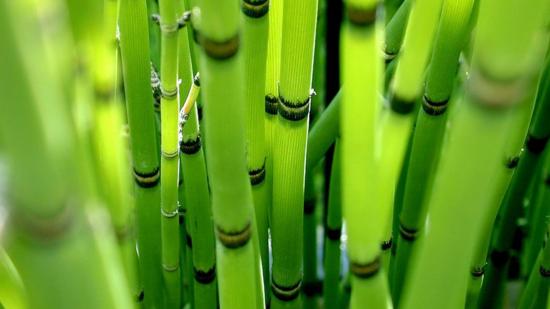
Once every few decades, all the plants in bamboo thickets bloom at the same time. The flowers are collected in inconspicuous spikes and are pollinated by the wind. The fruit of bamboo is a grain. Due to such rare flowering, bamboo is propagated vegetatively, by dividing the bush, parts of the stem or rhizome.
Man uses bamboo stems quite widely. They are used for food, used to build houses, make kitchen utensils, and added to the production of porcelain. Bamboo grows everywhere in tropical and temperate climates:
- Africa
- Indonesia
- Brazil
- Pakistan
- Java
- Madagascar
- Kuril Islands
Amateur bamboo growers carry out work to acclimatize the plant in conditions with cold winters. Currently in open ground bamboos grow in Abkhazia, Crimea, the Kuril Islands and even in the Moscow region. There are cases when it is grown very successfully in regions with more severe climates.
It turns out that if you wish, you can plant and grow bamboo or plants from closely related species indoors; this is now possible for lovers of indoor flowers.
How to choose bamboo for your home
When considering the issue of planting bamboo at home, it is important to remember that under natural conditions bamboo grows in a warm and humid climate, in shade, and if it is possible to provide such conditions for the plant at home and arrange a small tropical corner in the house, then you can start choosing bamboo for the room.
Unfortunately, what is commonly marketed as bamboo is a different type of plant called Sandler's Dracaena.
It is mistaken for bamboo due to its appearance and the English folk name bamboo of happiness. Sandler's Dracaena appears as low, funny stems that are most often grown without soil or in a spiral-shaped stem.
From plants belonging to the genus Bamboo and closely related varieties for growing at home you can choose:
- bamboo or Fortune's multiflorum, variegated
- bamboo or dwarf polyflorum, height 0.45 m
- bamboo or golden multiflorum, height 0.7 m
- Kuril bamboo or Kuril saza, height from 0.3 m to 1.0 m
- variegated arundinaria, height 1.0 m, green-cream leaves
- arundinaria Muriel, height up to 3 m, yellow trunks
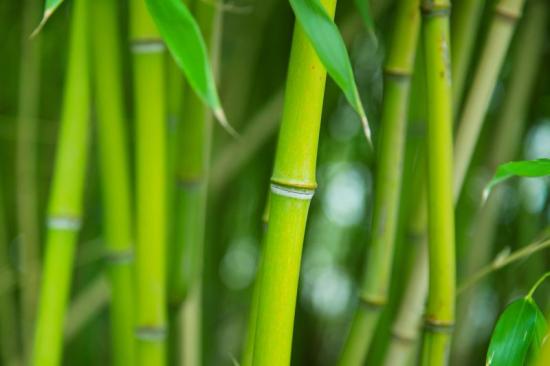
When choosing a variety of bamboo for indoor growing, it is important to remember that some varieties can still easily overcome a three-meter height and become inconvenient for keeping in a standard apartment.
How to care for bamboo indoors
plant You can put bamboo in a pot either by seeds or by part of the rhizome. When the sprouts are approximately twice the size of the pot, they can be transplanted into larger pots or tubs. The best soil for bamboo is fairly heavy, fertile soil.For indoor growing, loamy soil is suitable, to which sand, peat and humus are added. A ready-made soil mixture with the addition of sand, leaf and turf soil in equal parts is also suitable.
The room where bamboo will grow should be warm in the summer, but not hot, +20 is enough, and in winter no more than +16 +18. The light should be bright, but not direct; the best choice is windows facing east. Watering is needed abundantly, but without stagnation of water. In summer, additional daily spraying is required. It must be carried out with warm water.
In summer, it can be planted in open ground. In winter, when heating is on and the air in the room is drier, watering indoor bamboo is reduced; in this mode, it tolerates dry air more easily. Fertilizing bamboo in a pot is carried out from spring to autumn, twice a month, using both organic and mineral mixtures.
Transplant Indoor bamboo is possible as you master the pot. Along with replanting, the bush is divided to produce new plants. Also, if the size of indoor bamboo exceeds expectations, then it can be trimmed. From all of the above, we can conclude that growing bamboo as a houseplant is a fascinating undertaking and feasible for any lover of indoor floriculture.
Video about bamboo in indoor conditions:



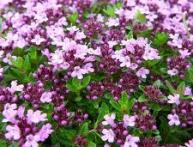
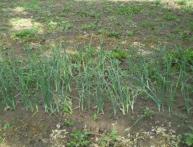
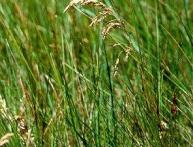
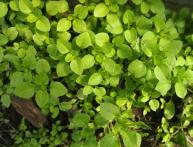
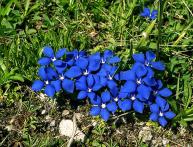
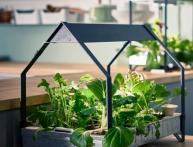

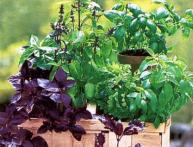
Comments
If bamboo grows quickly, like grass, then in a few days it can reach the height of the ceiling. Bamboo can be planted not only in a room, but also on a plot, but the planting site in the ground will need to be covered with shields, otherwise bamboo will quickly take over the entire plot.